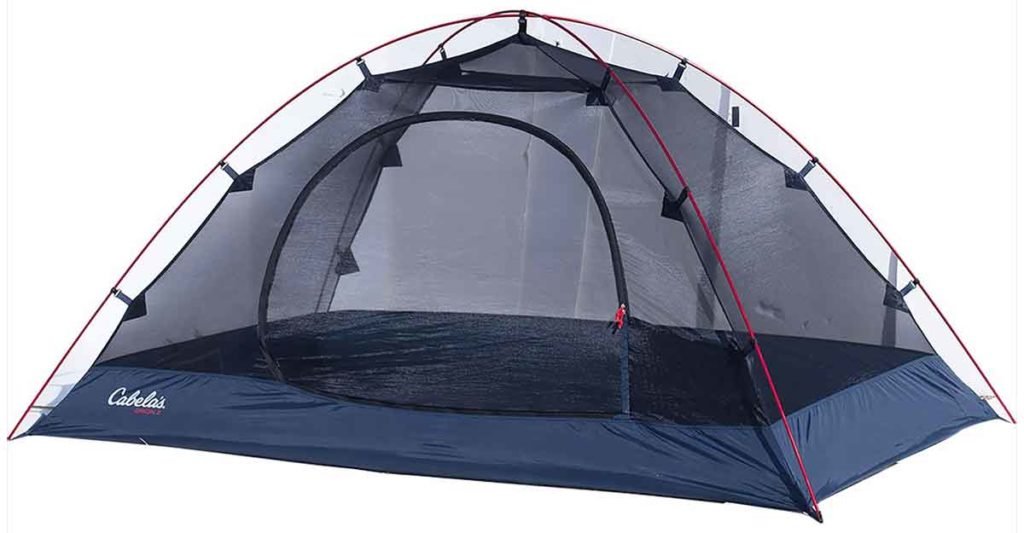With backpacking tent sales often happening this time of year, you may be wondering if one of those lightweight tents designed for backpacking could work for car camping instead.
In this blog post, we’ll look at the pros and cons of using a backpacking tent for car camping trips and help you decide if it’s the right choice for your next excursion.
Backpacking Tents Are Designed for Minimalist Camping
The main thing to keep in mind is that backpacking tents are built with minimalism in mind. They typically have:
- Less interior space – Most backpacking tents will fit 1-3 people tightly, with just enough room to lay down your sleeping bags.
- Low ceiling heights – To save weight, backpacking tents often have low ceilings, which means limited headroom when sitting up inside.
- Fewer extra features – You won’t find a lot of handy pockets, gear lofts, or elaborate vestibules on ultralight tents.
- Lightweight materials – The thinner fabrics and poles are lighter, but also less durable over time.
For backpacking, these attributes are pluses. But for car camping, where weight isn’t an issue, they can be drawbacks.

Key Factors to Consider Before Using a Backpacking Tent for Car Camping
After my initial experiments using a backpacking tent for car camping trips, I identified a few key factors to consider:
Interior Space
- One of the best parts of car camping is having ample room for your gear and to spread out inside the tent. My 2-person backpacking tent felt cramped with two campers plus gear.
- If you’ll be car camping with family, kids, or dogs, make sure to size up accordingly. You’ll want extra interior capacity.
Ceiling Height
- Limited headroom gets old fast when you’re lounging and changing clothes inside a low-ceilinged backpacking tent.
- Make sure there’s enough height for you to sit up comfortably inside. Kids may need extra overhead room.
Durability Against the Elements
- Ultralight backpacking tents are designed to handle backcountry weather, but may not stand up to the wind and rain at an exposed car campsite over time.
- If you’ll be car camping in extreme weather often, consider a burlier model.
Gear Storage and Livability
- From tables to coolers to camp chairs, car camping means hauling a lot more gear. Make sure your tent has room for proper storage and level of livability.
- Vestibules, extra pockets, and loft spaces come in handy for organizing all your car camping toys.
The Verdict: Sometimes, but Not Always
Based on firsthand experience, here’s my verdict on using a backpacking tent for car camping:
The right backpacking tent can work brilliantly for quick weekend car camping trips in good weather, especially if it’s just one or two people with minimal gear.
But for family camping, extended trips, or frequent harsh conditions, go bigger and burlier.
If your main goal is saving money by using just one tent, consider these tips:
- Size up to compensate for lack of interior space.
- Look for adequate ceiling height if you’ll be spending time inside.
- Treat waterproofing and seam sealing to improve weather resistance.
- Add a roomy vestibule for covered storage space.
- Use a durable footprint for extra floor protection.
And if the backpacking tent won’t cut it? It’s worth investing in a spacious, heavy-duty car camping tent. You’ll enjoy the experience that much more.

